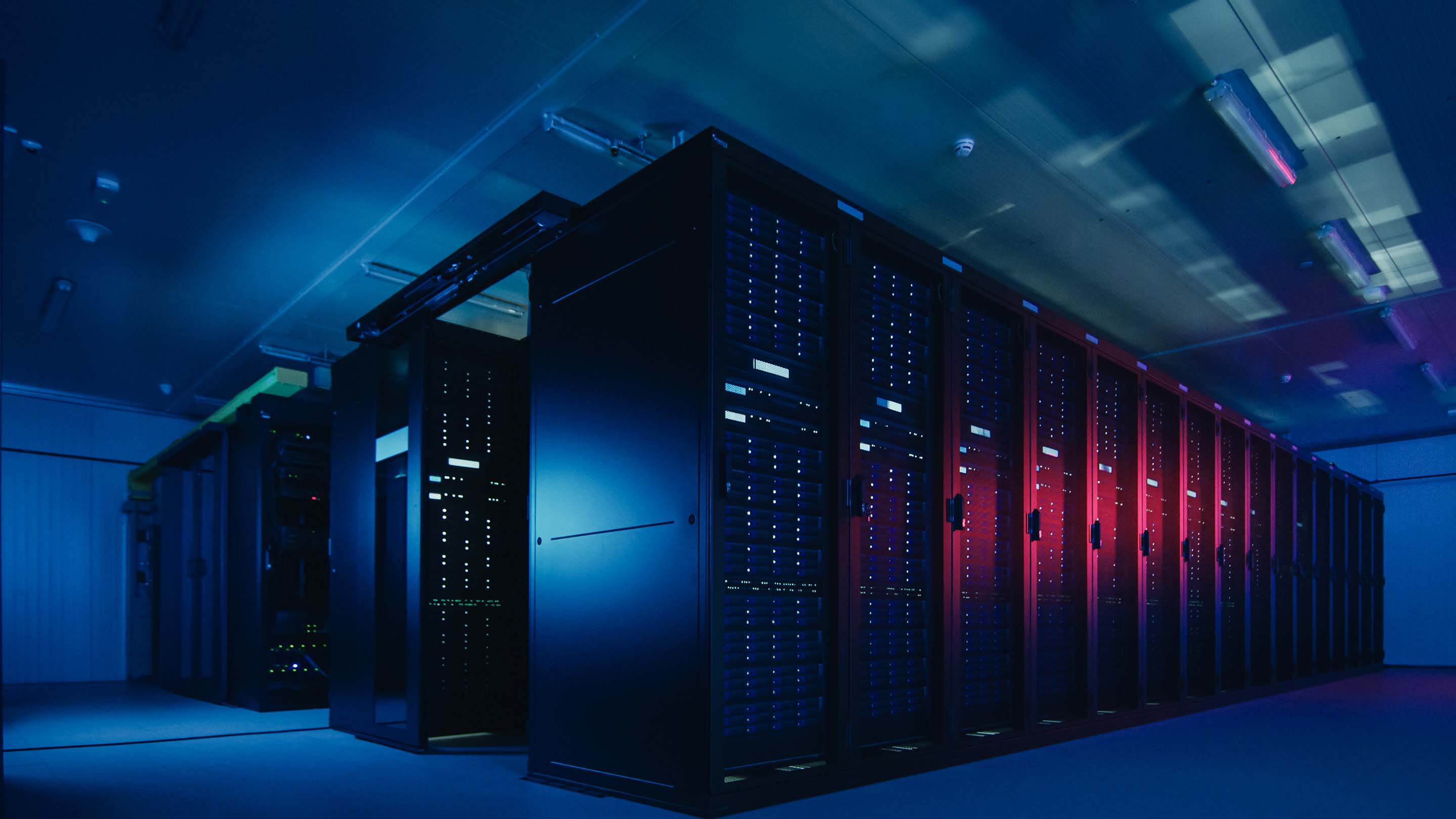Despite improvements in the energy efficiency of many servers, data center energy usage will continue to climb rapidly over the coming decade. A major source of energy efficiency improvement has been the implementation of virtualization at large data centers or “server farms”.
Virtualization demands less energy consumption because it requires less physical server infrastructure, and allocates resources more intelligently. However, the rollout of virtualization has been slower on many small to medium sized data centers. So once virtualization has been fully implemented, some gains in efficiency will help slow the expansion of data center energy requirements. But that will only help moderate energy requirements for so long.
It is with this in mind that we recommend investing in the development of renewable energy resources that will track our projected data center energy requirements and also be conscious of these increasing energy demands. Golden Stupa Media offers solid state, virtualized web hosting, that is powered by solar.
“The technique of virtualization enables significant and cost-effective gains in server utilization and associated energy efficiency. While many data centers have implemented some level of virtualization, its overall deployment across all data centers remains much lower than it could be.”
“Few technologies have become a fundamental part of the data center as quickly as server virtualization. That is because the basic value proposition is so easy to grasp: When you run many virtual servers on a single physical server, you get a lot more out of your hardware, so you can invest in fewer physical servers to handle the same set of workloads. Reducing the number of servers yields indirect cost savings— less space to rent, less cooling to pay for, and, of course, lower power consumption. Even more compelling is virtualization’s inherent agility: As workloads shift, you can spin up and spin down virtual servers with ease, scaling to meet new application demands on the fly.
But while most organizations have implemented some level of virtualization, the overall share of virtualized servers remains much lower than it could be. Many research reports, and even virtualization software vendors, have published numbers indicating that although most enterprises have stuck their toe into the waters of virtualization, they have hardly plunged in. A 2010 survey by Prism Microsystems found that just 30 percent of production servers have been virtualized. More recent reports and surveys, released by the research firm Gartner and the virtualization software provider VMware in 2012, put overall adoption rates consistently in the 50 to 75 percent range for servers worldwide, although the actual adoption rate of production servers, as opposed to an operator’s being “invested in the technology,” remains unclear.”
Source: NRDC: 2014 Data Center Energy Efficiency Assessment, p. 14-15



